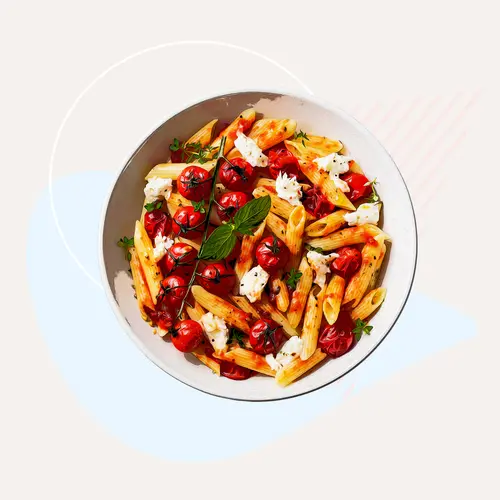What Are Scallions?
Scallions are an allium (Latin for "garlic") vegetable. The hollow, tube-like green tops have a mild, oniony zing, while the small, white bulb ends offer a sharper bite. Their relatives include regular onions, leeks, shallots, and chives. Cooks worldwide toss scallions into soups, salads, stir fries, and any dish that needs a punch of flavor.
Is there a difference between scallions and green onions?
Your grocer might label scallions as green onions. It's not a mistake — they're the same thing.
Scallion Health Benefits
Scallions are usually eaten in small amounts, so they're not going to boost your nutrition significantly. However, they do have some notable health benefits if you eat them regularly.
Fill you with fiber. A cup of cut scallions has about 10% of the fiber you need for the whole day. Getting lots of fiber helps you feel full, keeps your cholesterol levels down, and may lower your chances for diabetes, heart disease, and other conditions.
Help fight cancer. Scallions and other allium vegetables may help block cancer growth, especially in the stomach. Researchers aren't sure how. They believe that a compound called allicin, which gives these vegetables their strong flavor, may prevent cells from turning cancerous or slow tumors from spreading.
Prevent infections. Extracts of onions, garlic, and their relatives have long been used as medicine. They can kill bacteria, fungi, and viruses. Lab tests on certain varieties of onions showed that at high enough concentrations, some can kill or slow the growth of salmonella or E. coli.
Lower disease risk. Vegetables in the onion group are packed with phytonutrients, including chemicals called antioxidants that defend your cells against damage. Antioxidants in onions like flavonoids and polyphenols hunt down free radicals, which are substances that can lead to cancer, heart disease, and age-related diseases.
Boost immunity. Scallions are a good source of vitamin C and a flavonoid called quercetin. Both can strengthen your immune system an help it fight illnesses.
Scallion Risks
Scallions are high in vitamin K, which works against blood thinning medication. If you're taking warfarin to prevent strokes, heart attacks, or blood clots, ask your doctor if green onions are safe for you.
It's rare, but some people can be allergic to onions and other alliums. This is when your body reacts to a substance in a food and releases a chemical called histamine. When this happens, you might have symptoms like:
- A red rash
- Tingling or itchy sensation in your mouth
- Swelling around your eyes, lips, or other parts of your face
- Stomach pain and vomiting
A more severe reaction is called anaphylaxis. This can make it hard to breath and affect your heart, which makes it a medical emergency.
It's more common for people to have an intolerance to alliums. This is less severe than an allergy. It just means that your body has a sensitivity to something in scallions. After eating them, you might:
- Feel bloated
- Have stomach pain
- Have gas
This usually only happens when you eat a lot of scallions.
How to Prepare Scallions
You can find scallions in most grocery stores year-round.
Here are some shopping tips:
- Pick scallions with crisp leaves and bright color.
- Trim the top and bottom tips and rinse with water. You can eat both the green and white parts.
- Store scallions in the fridge for maximum freshness.
People often use scallions as a garnish on salads or stews. But you can enjoy them in lots of other ways!
Grill them whole. Brush with olive oil, season with salt and pepper, and grill them for a couple of minutes for a sweet, charred flavor.
Puree them. Put cooked scallions in a blender and mix in eggs, flour, and a dash of soy sauce. They taste similar to scallion pancakes served at Chinese or Korean restaurants.
Pair them with asparagus. Next time you roast these spears in the oven, toss in some scallions too. The heat will temper the oniony bite and turn them into a delish side dish.
Slurp them. Make vichyssoise, the creamy soup that's usually made with leeks and potato and eaten cold. Swap in scallions for onions or leeks.

